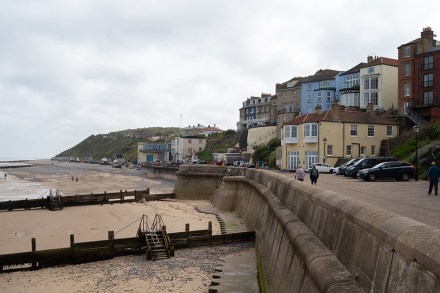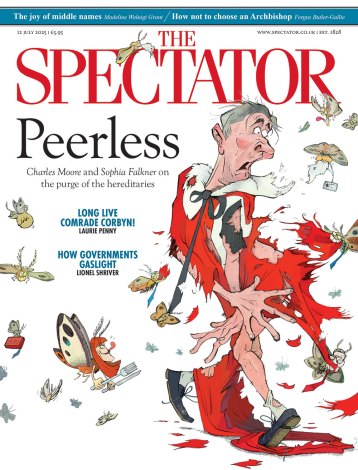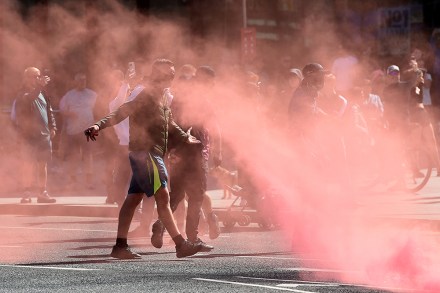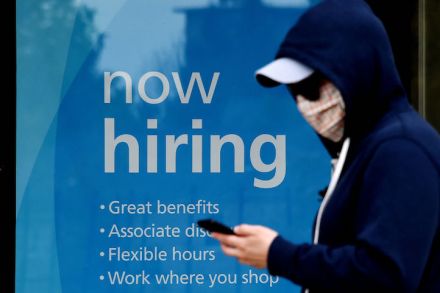An ill wind: Poppyland, by D.J. Taylor, reviewed
As the term refers to the stretch of the north Norfolk coastline between Sheringham and Mundesley, only one of the stories in D.J. Taylor’s engrossing new collection strictly takes place in ‘Poppyland’. However, the others seldom stray far. In ‘At Mr McAllister’s’, one of two stories set in and around Norwich market, the feckless employee of a down-at-heel toyshop decides to change his life, starting with talking to the pretty girl on the fruit and vegetable stall. In ‘Those Big Houses up Newmarket Road’, set nearby, social embarrassment inspires a class-conscious schoolboy to dream big. Such ambitions are unusual in these carefully worked stories of broken homes and precarious employment.




















